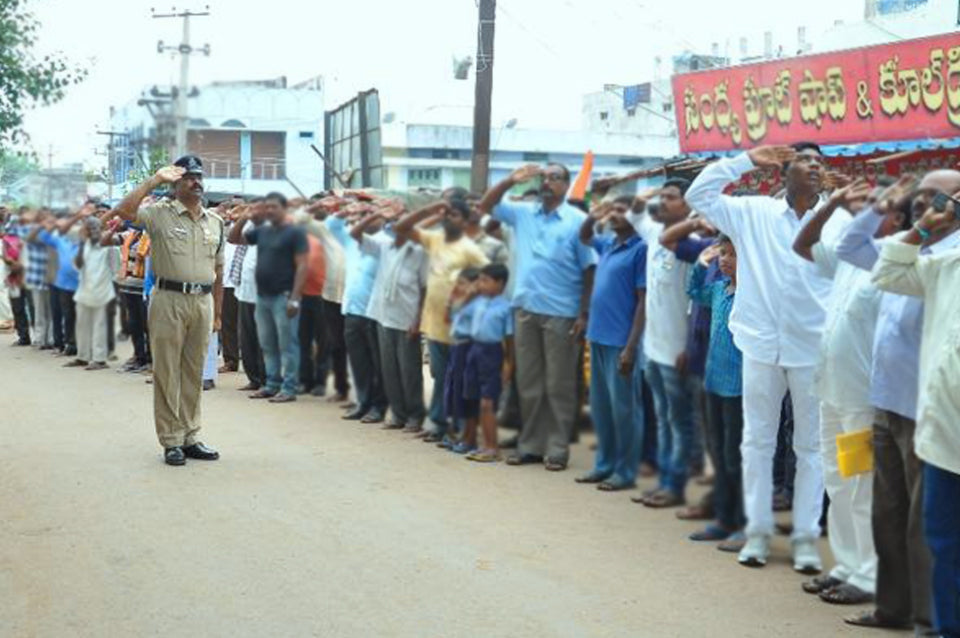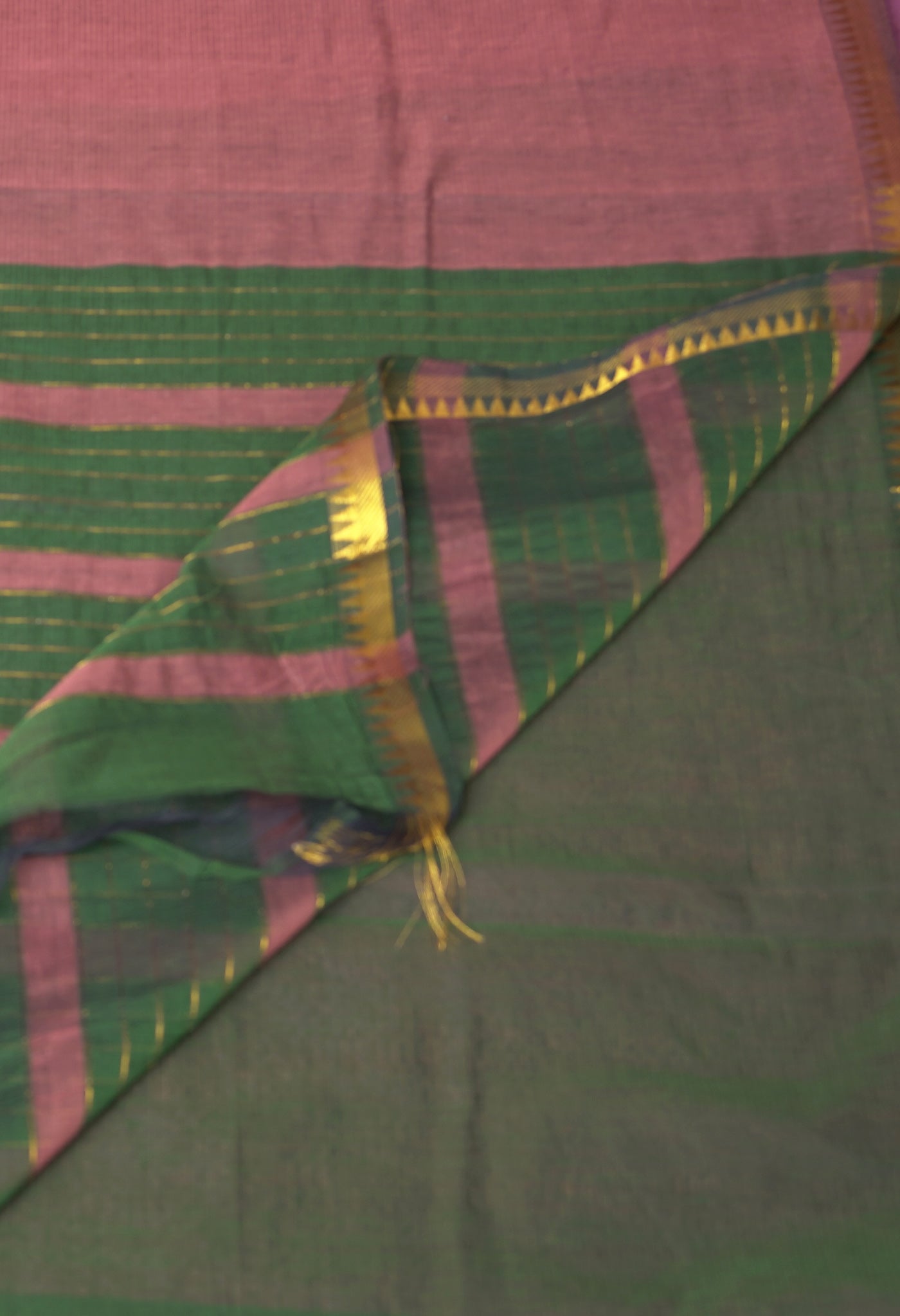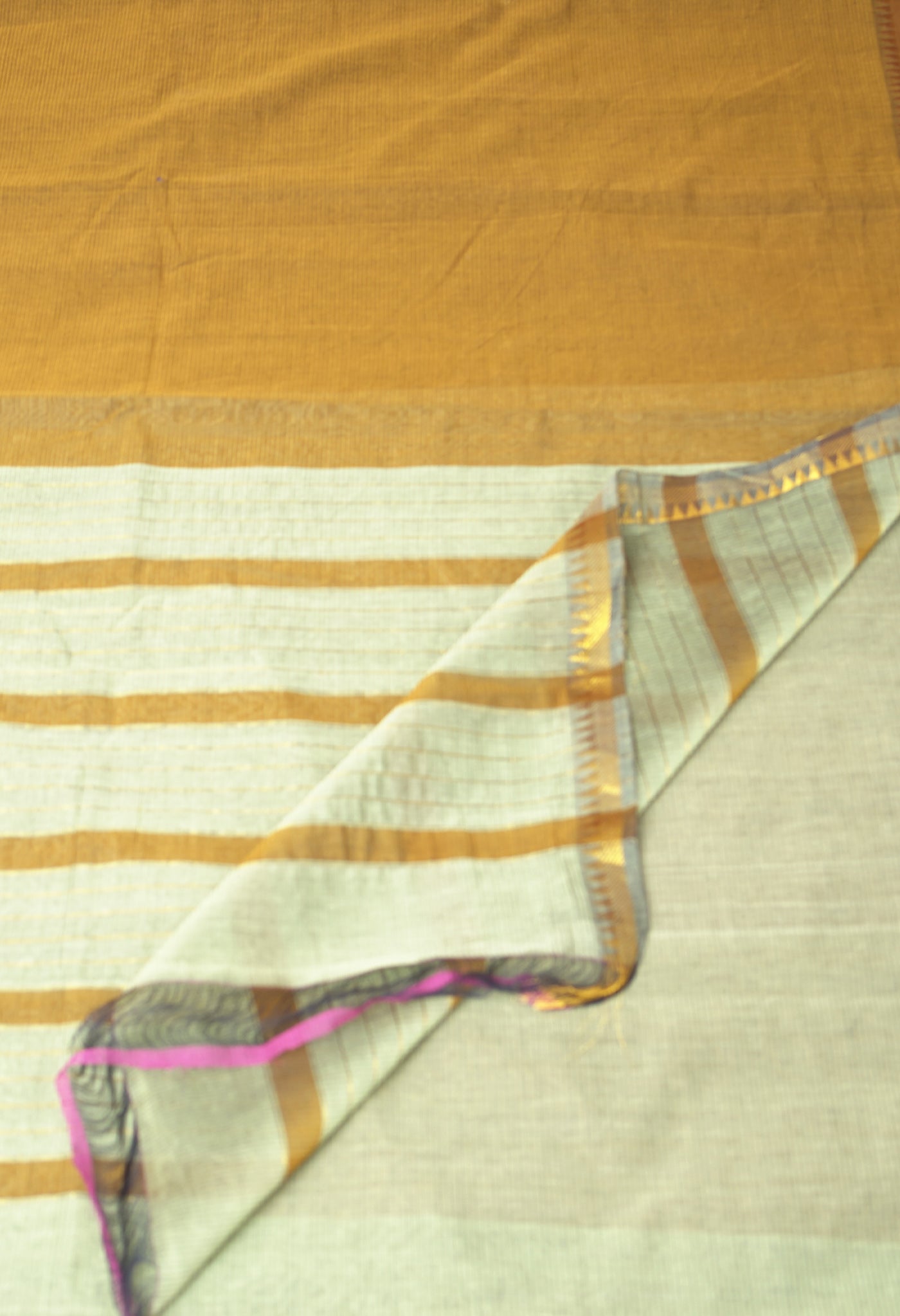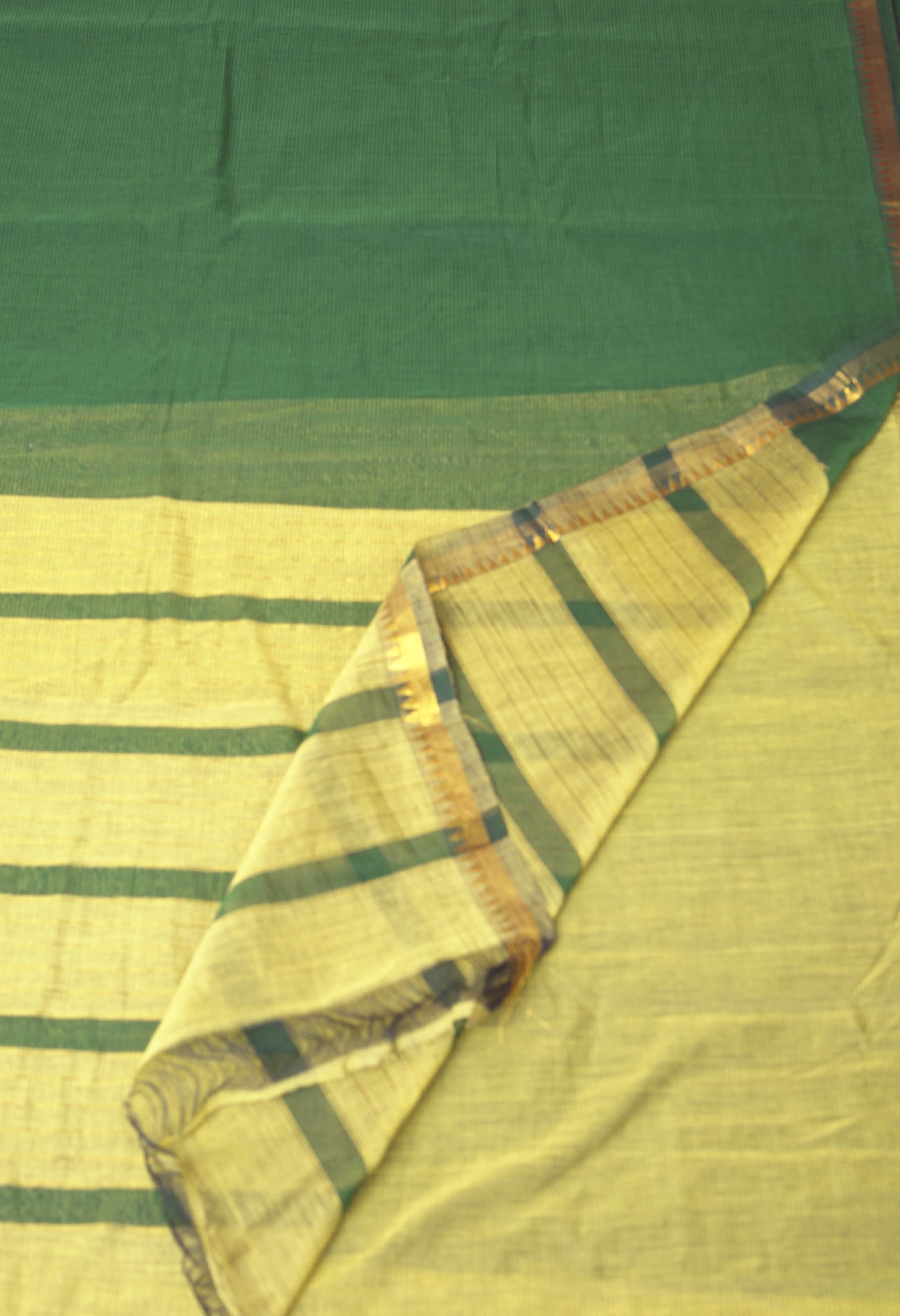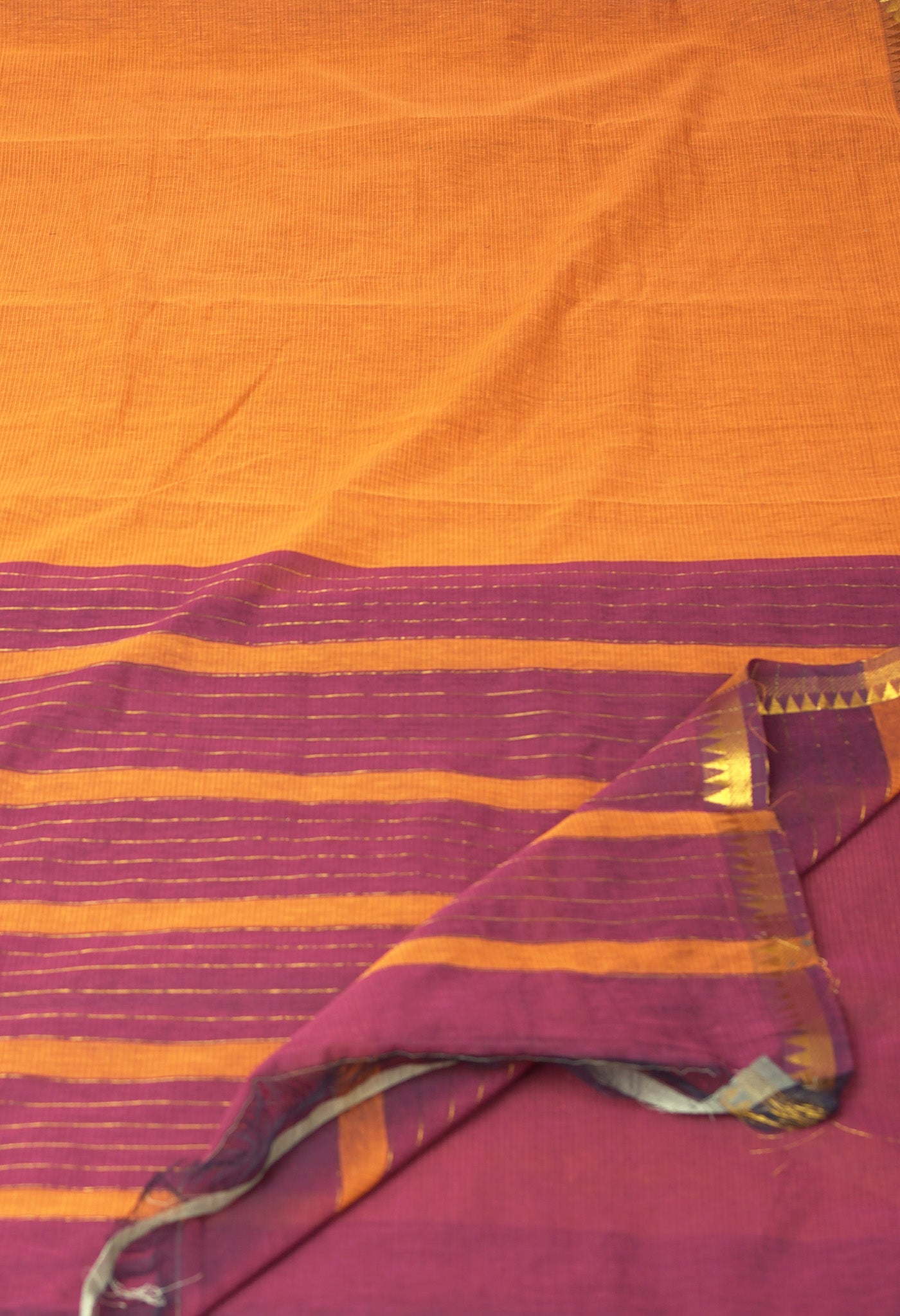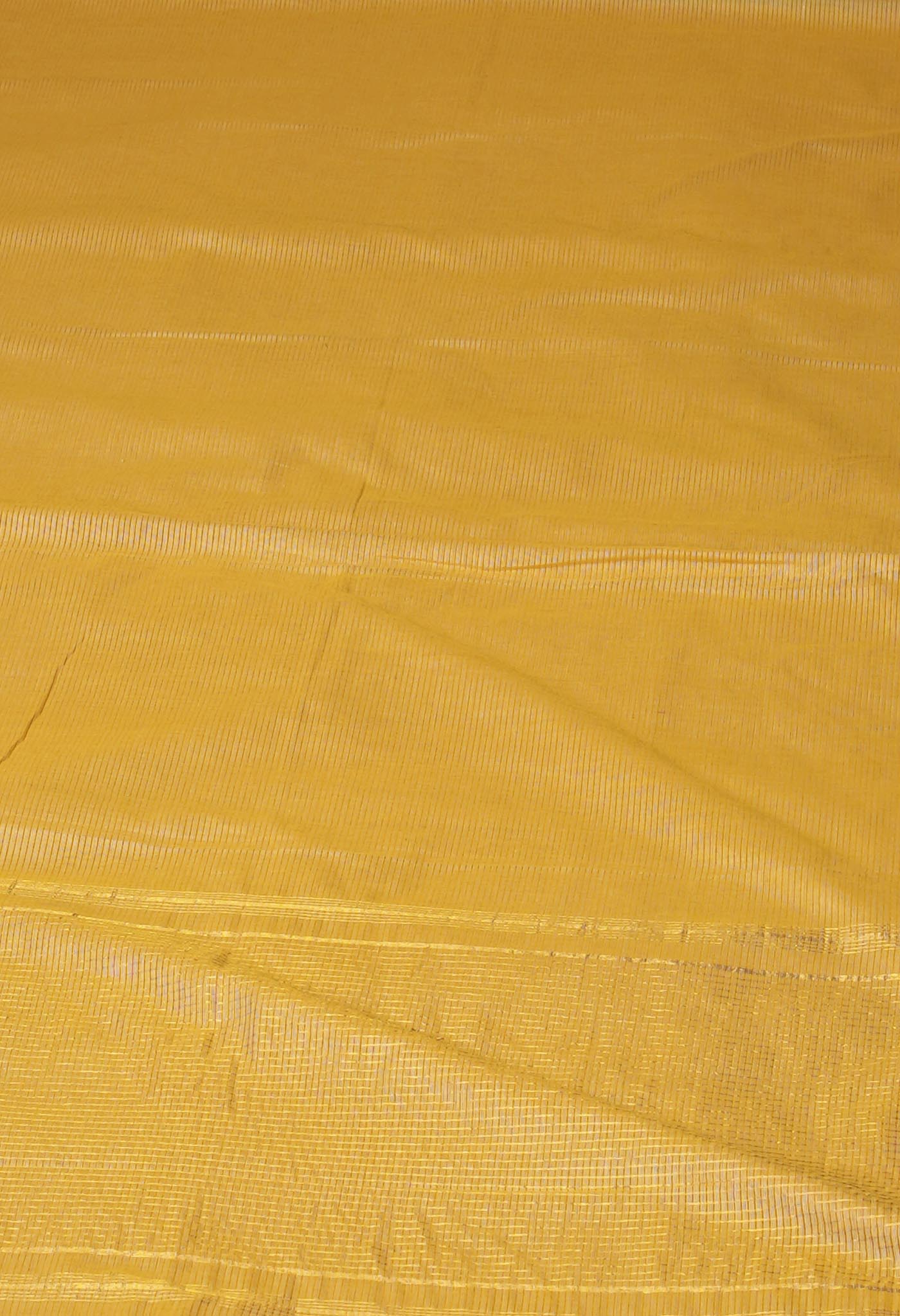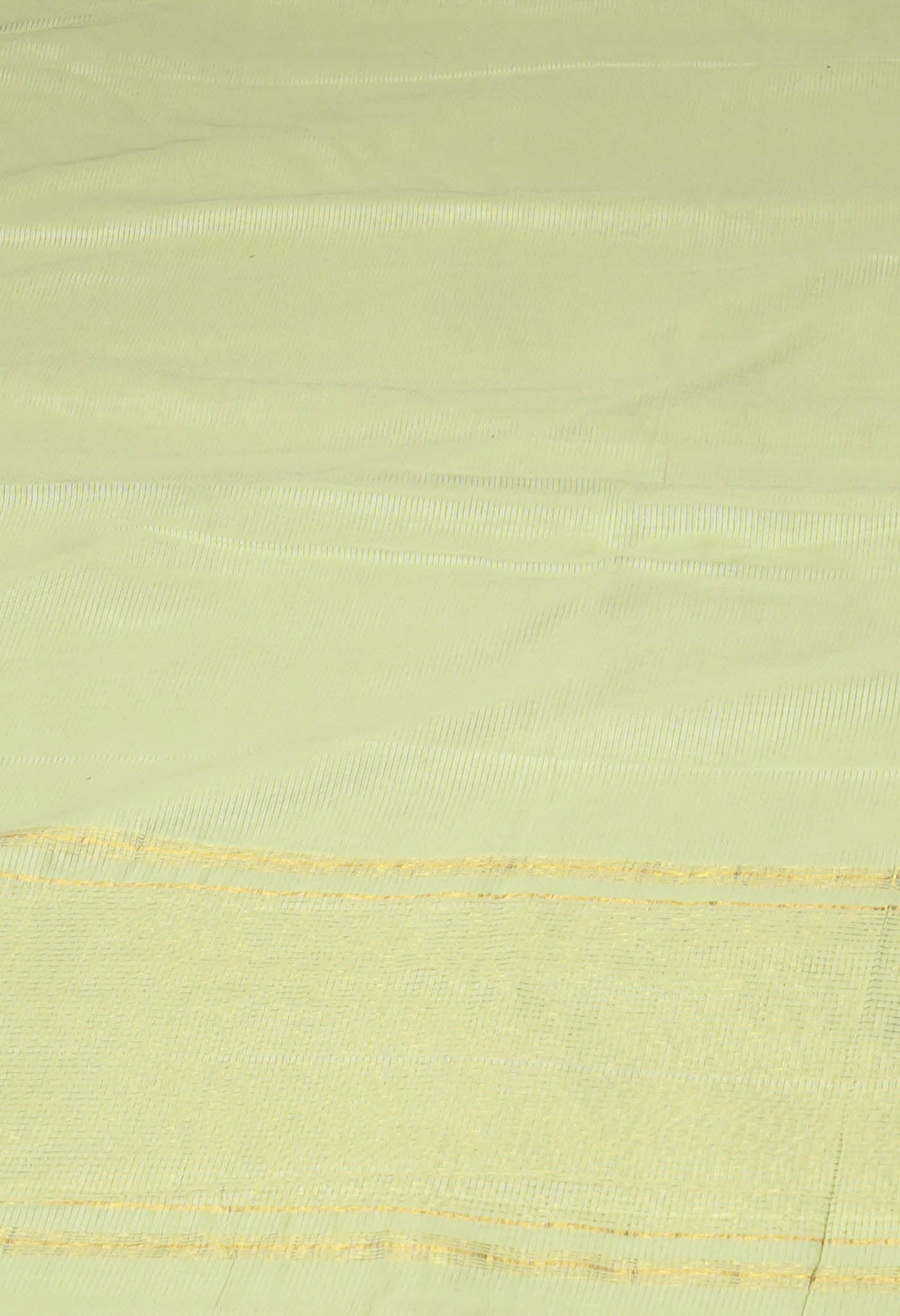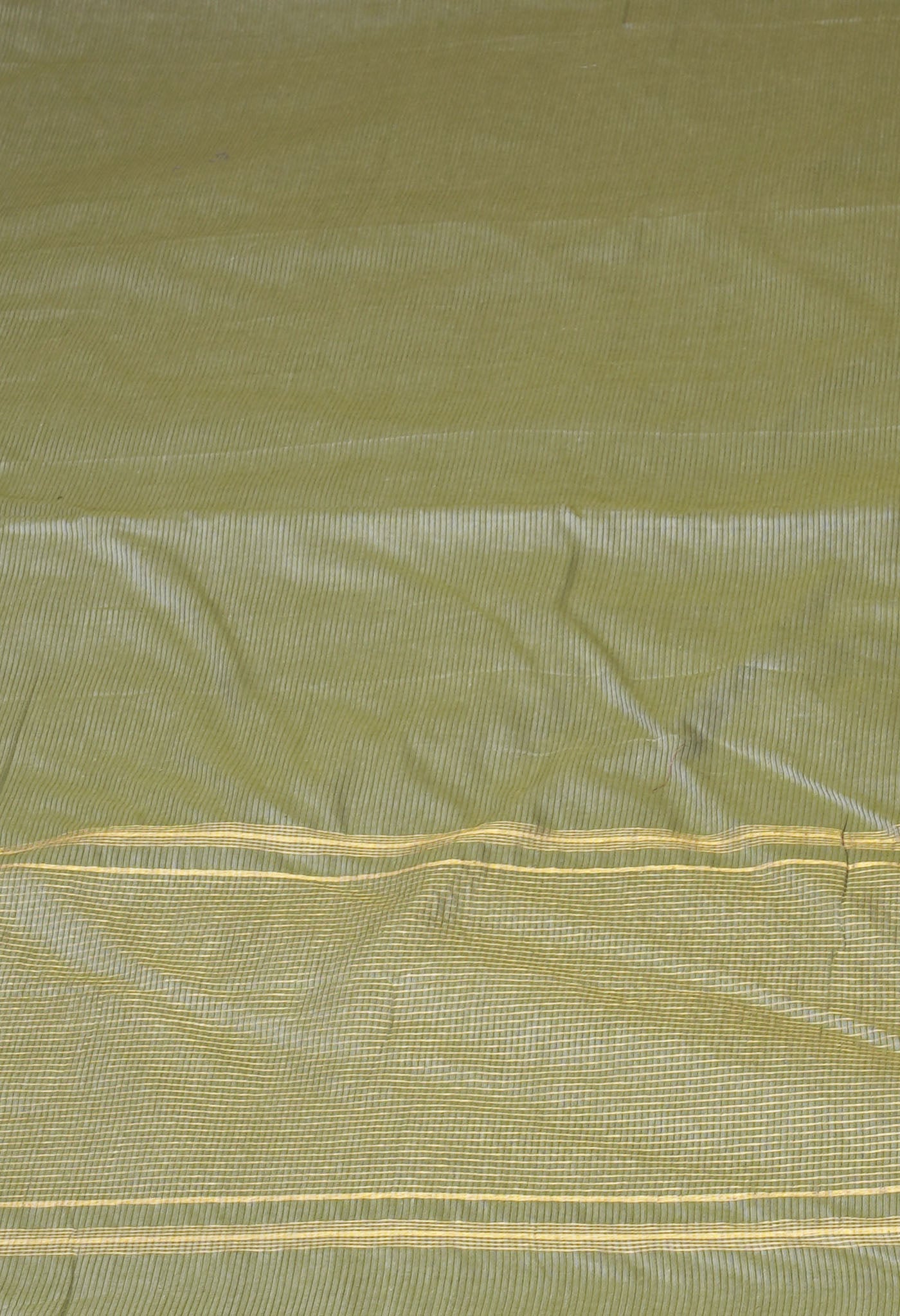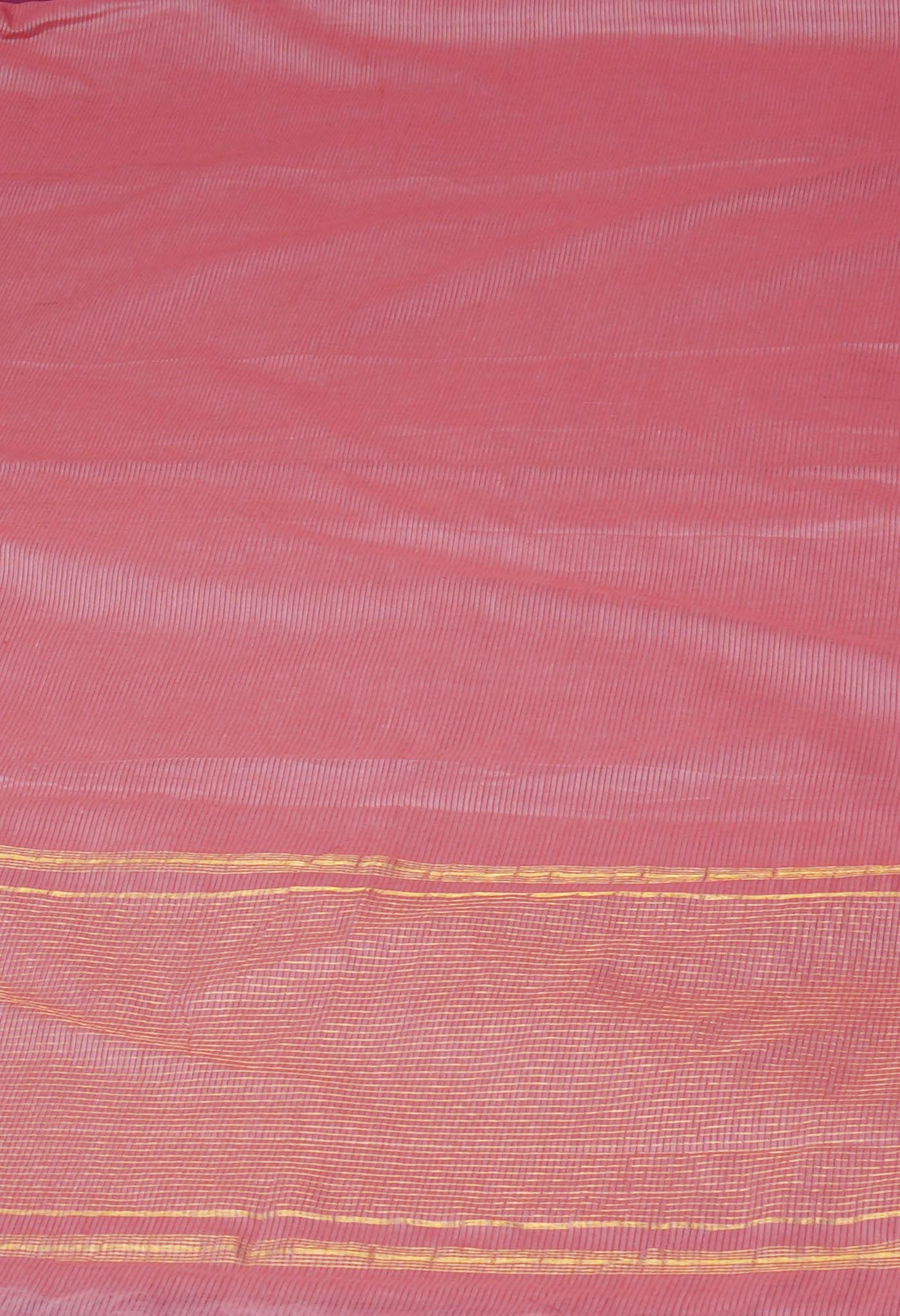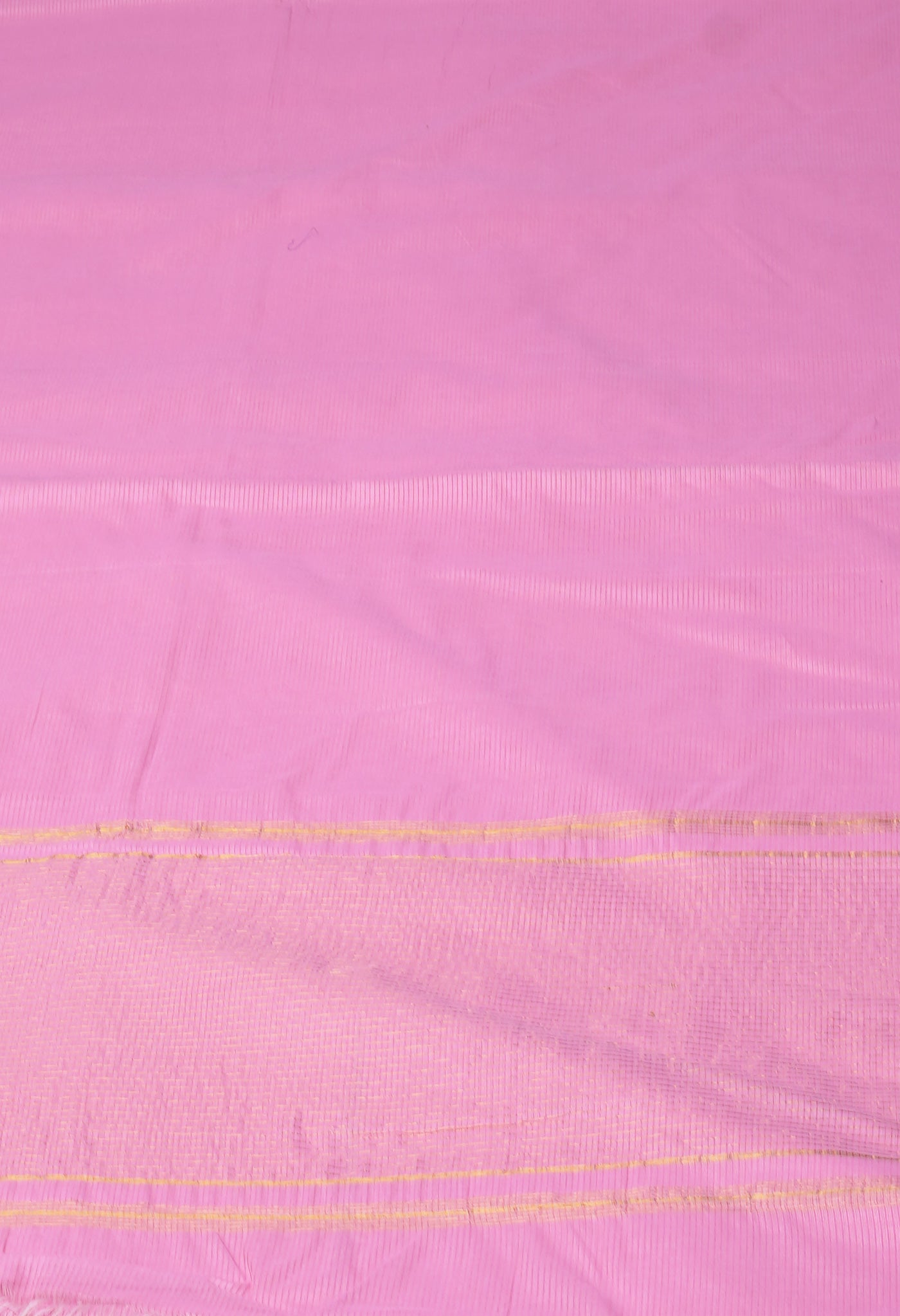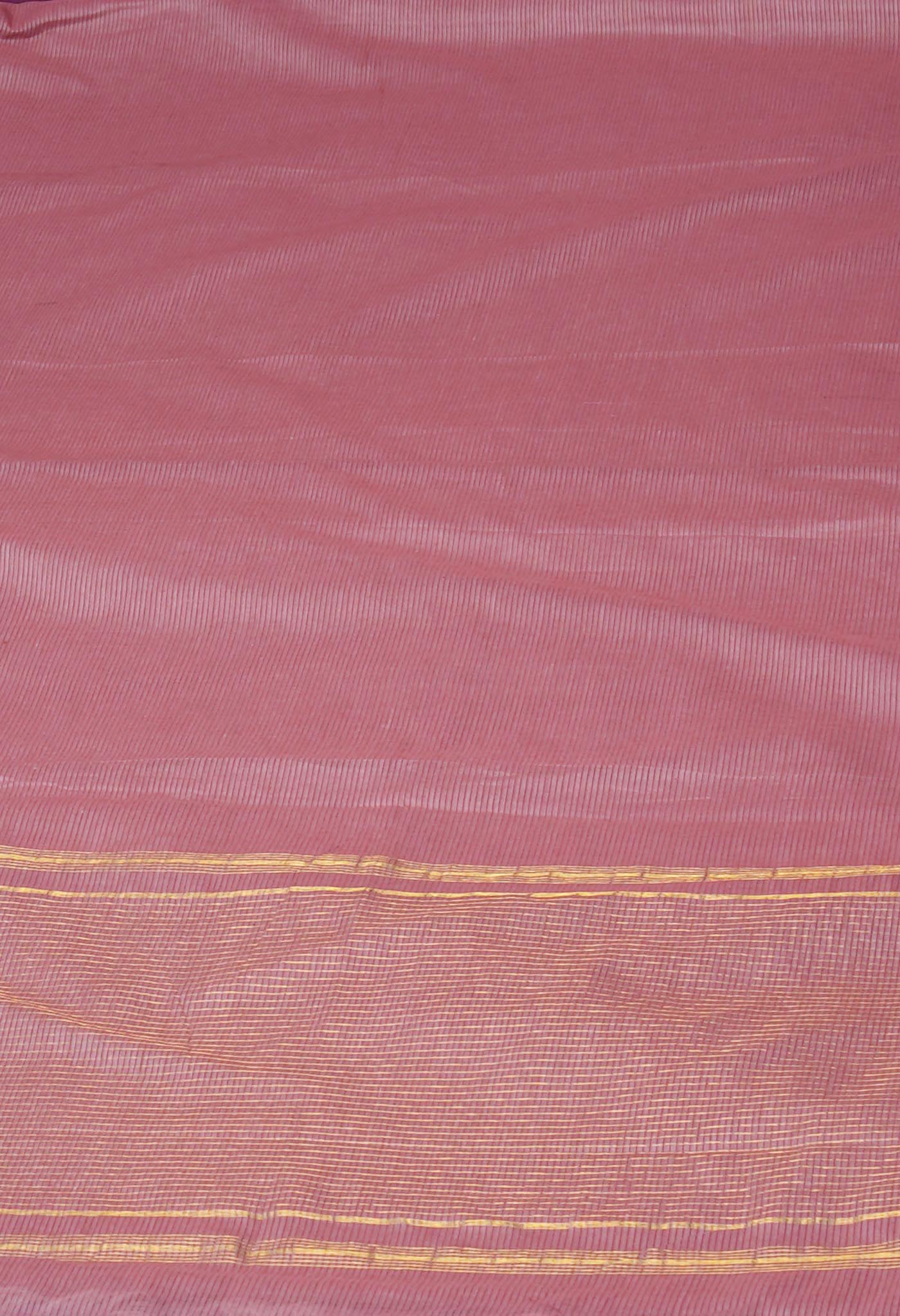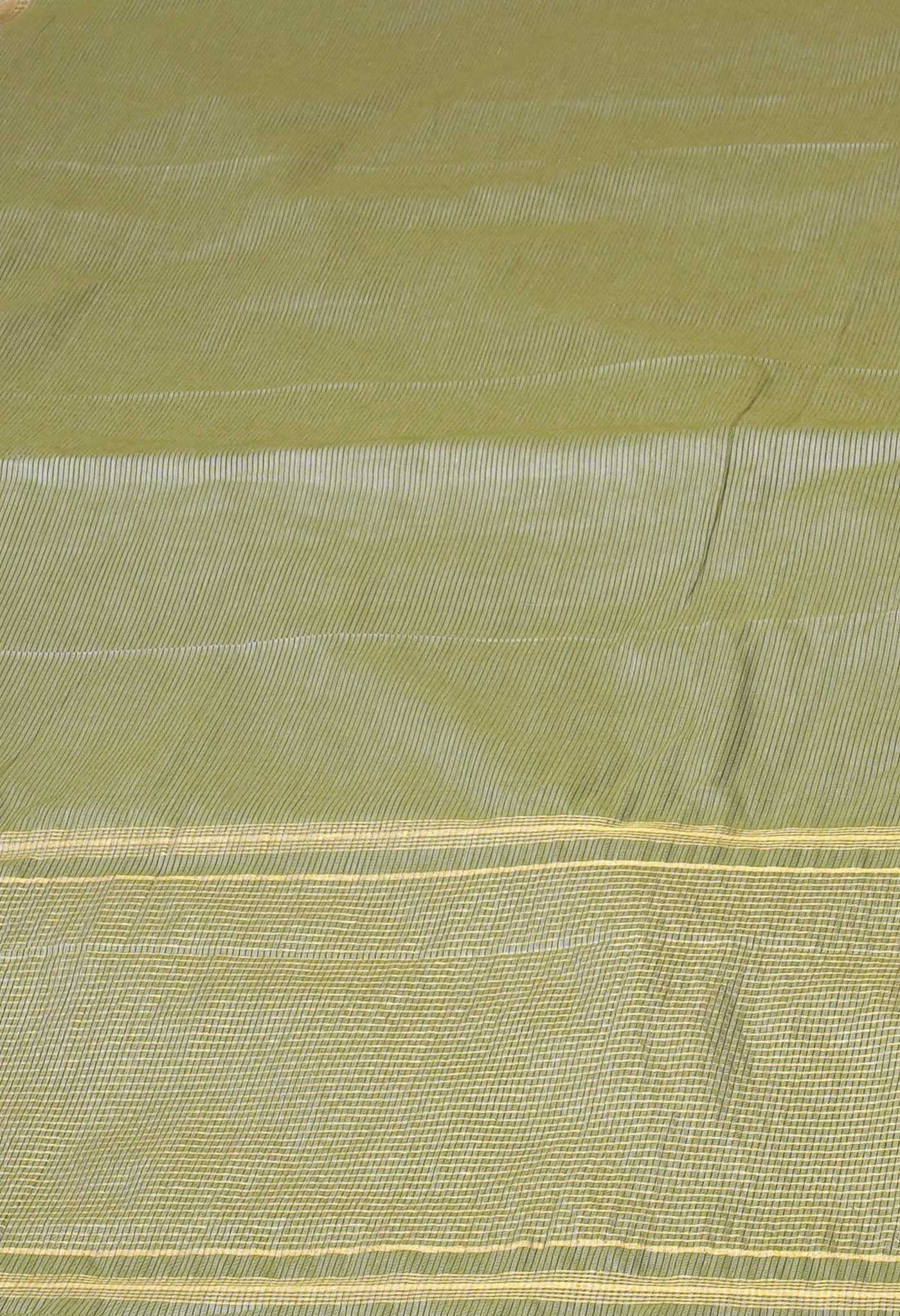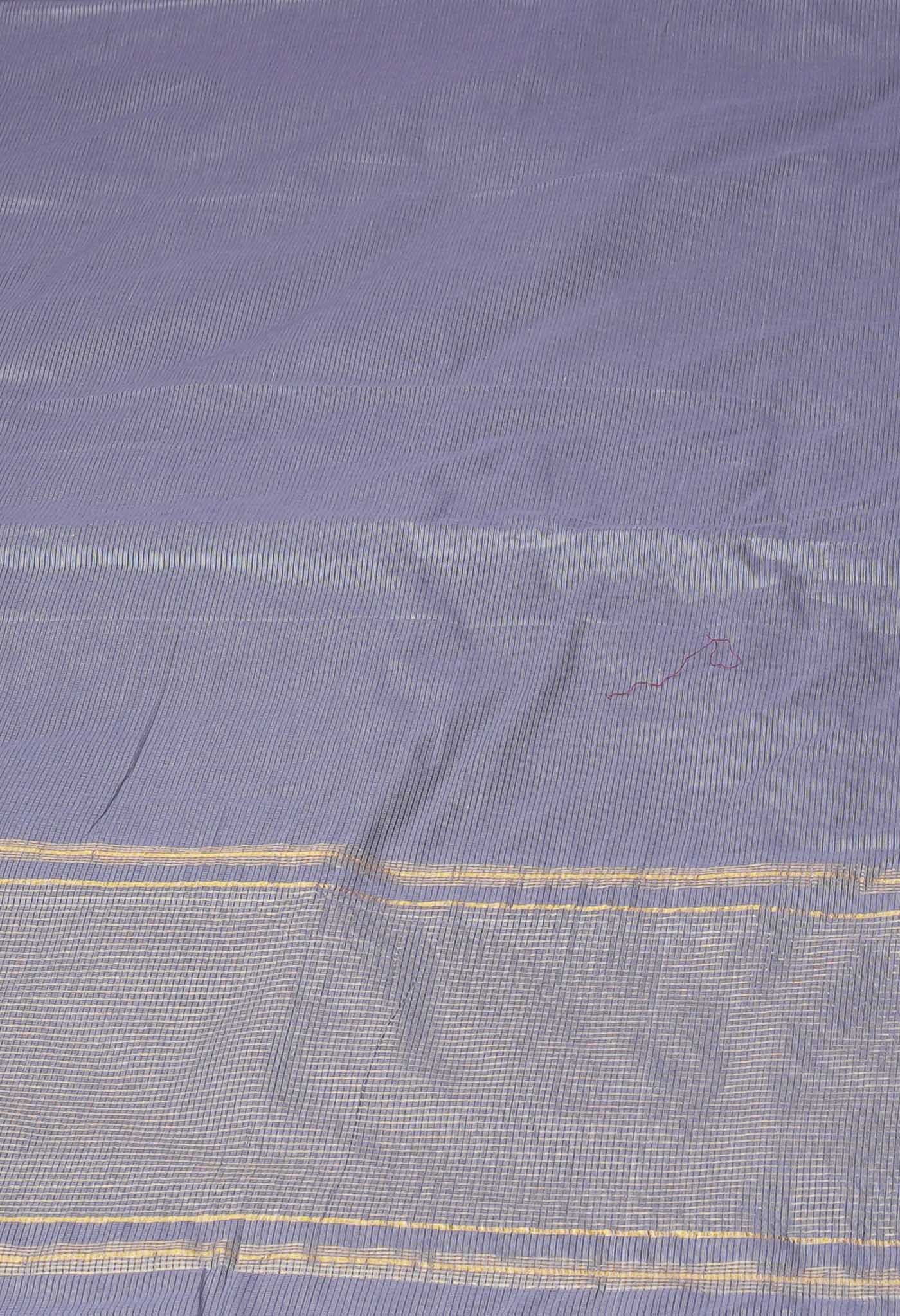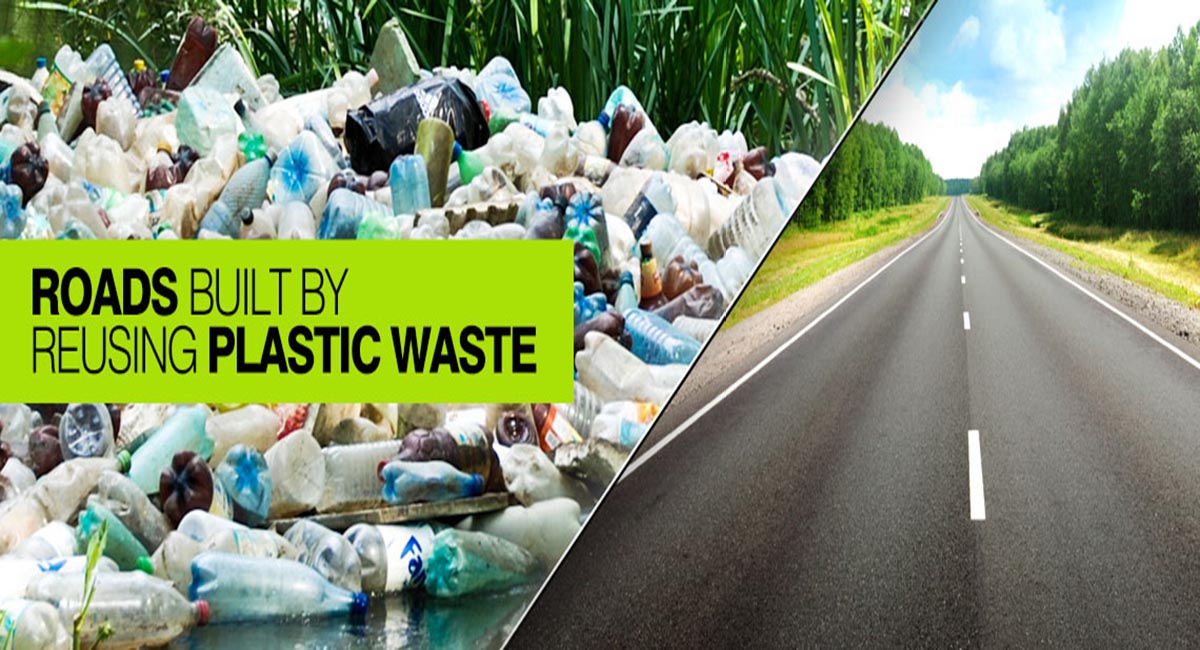
Super Strong Roads from Ultra Waste Plastic!!– Read how India Converted this Dream into Reality
Plastic has been an integral part of human lives, essential for requirements such as carry bags, packaging material, bottles, cups, and various other items mainly due to the advantages of plastic being durable, easy to produce, lightweight, unbreakable, odorless, and chemical resistant.
For a country like India it is next to irreplaceable; so used are we to having it always around us, that the ills of pile-up, lack of natural decomposition, clogging in drains, choking of animals that happen to eat it, toxicity of air on burning etc. never even raised their head menacingly to make us realize the worsening of a situation day by day that is threatening to become uncontrollable.

This was the situation two decades back. There were alarms and lot of hue and cry regarding doing something about it that continued with increasing din but nothing much being done about it. Maybe the conventions and conferences worldwide with most nations of the world participant to action plans to halt environment pollution in a large way, especially in the last decade, made the plastic issue significantly noticeable. Its use and disposal took a significant hue and drew attention on how it could assume alarming proportions if nothing was done about it.
The Indian Govt. finally brought out an order in November 2015, making it mandatory for all road developers in the country to use waste plastic along with bituminous mixes for road construction. This it was felt would help overcome the growing problem of plastic waste disposal in India.

Wow! Where did this idea originate?
The man who made it possible
Known as the ‘Plastic Man’ of India, Prof Rajagopalan Vasudevan, Professor of Chemistry at Thiagarajar College of Engineering, Madurai, once saw a doctor on a TV program saying that plastic ‘dissolved’ in water bodies caused pollution, way back in the turn of this century when plastic was indeed ‘piling up’.
“This set me thinking. Since plastic is a product of petroleum this theory of the doctor had to be false. There was a lot of serious talk about banning plastics all over the country and finding solutions to the waste plastic strewn all over. I decided to take up the challenge to experiment with waste plastics and see if I could find a solution,” he said.

Working in his laboratory, the results of mixing waste plastic with heated bitumen and coating the mixture over stone proved positive. He got his idea implemented through the use of plastic waste on a road constructed inside the premises of his college in 2002. “To date, this stretch of road is still going strong”.
In 2006, the Thiagarajar College of Engineering received the patent for this technology.
The process of mixing and using the waste plastic mix
- First the plastic waste material is shredded to a particular size using a shredding machine.
- The plastic waste items that can be used for road construction are various items like plastic carry bags, plastic cups, plastic packaging for potato chips, biscuits, chocolates, etc.
- The aggregate mix is heated at 165°C and transferred to the mixing chamber, and the bitumen is heated to 160°C. This results in good binding between the two. At all times, it becomes imperative to monitor the temperature during heating.
- The shredded plastic waste is then added to the aggregate. It gets coated uniformly over the aggregate within 30 to 60 seconds, giving it an oily look.
- This plastic waste-coated aggregate is mixed with hot bitumen and the resulting mix is used for road construction.
- The road laying temperature is between 110°C to 120°C and a roller that has a capacity of 8 tons is used for uniform flattening throughout.
What are the advantages achieved in using waste plastic?
First and foremost, waste plastic in all forms is available in plenty. All that has to be done is collecting the strewn about plastic in one place, from all corners of a city or areas where such plastic abounds in plenty, through rag pickers or some trader employing them.
Says a proud Prof Rajagopalan Vasudevan,“The advantages of using waste plastics for road construction are many. The process is easy and does not need any new machinery. For every kilo of stone, 50 gms of bitumen is used and 1/10th of this is plastic waste; this reduces the amount of bitumen being used. Plastic increases the aggregate impact value and improves the quality of flexible pavements. Wear and tear of the roads has decreased to a large extent,”
- Besides, this sort of road construction involving the use of waste plastic is extremely eco-friendly, with no toxic gases released.
- Plastic rag pickers get an additional chore, but could also earn.
- The waste plastic that is strewn about gets cleared over a large area, since the amount of plastic required is huge for a small stretch of road.

The creation of Plastone
When Prof R Vasudevan’s was enthused and inclined to improvise further his experimenting led to another innovation. He decided to try creating a stone block with plastic coating and, in 2012, ‘plastone’ took birth.
A plastone block is made from a mixture of waste plastic and stone. It has been found to withstand more pressure and it resists water percolation. In the professor’s department of chemistry they have made plastone blocks using granite and ceramic waste, along with plastic waste.

Each plastone block consumes 300 plastic carry bags and around six PET bottles.“It is an easier way of disposing off plastic bottles which are found scattered all over,” points out Dr. Vasudevan.
Almost 10% of solid waste consists of used materials that can be broken into pieces and used in the making of plastone. Industrial slug can also be used in the process. One of the foremost advantages of plastone is its non-porous nature and the ability to prevent water penetration.
- Plastone can be used for flooring, especially outdoors.
- It can be a cheap and strong substitute for cement blocks, which have a tendency to wither away in constant rain.
- It can be an effective liner for water bodies, especially canals, preventing water seepage.
- It can also be used to raise compound walls.
- A coat of emulsion can be provided to make it colourful and attractive.

Plastic roads in parts of India
Plastic roads are roads made either entirely of plastic or of composites of plastic with other materials.
- Plastic roads are different from standard roads in the respect that standard roads are made from asphalt concrete, which consists of mineral aggregates and asphalt. Currently, there are no records of regular roads made purely of plastic.
- Plastic composite roads, however, have existed and demonstrate characteristics superior to regular asphalt concrete roads; specifically, they show better wear resistance. The implementation of plastics in roads also opens up a new option for recycling post consumer plastics.

The Jamshedpur experiment
In Jamshedpur, India, roads are created from a mix of plastic and bitumen. These roads are made from recycled plastics, and the first step in constructing them is to collect and manage the plastic material. The plastics involved in building these roads, consists mainly of common post-consumer products such as product packaging. Some of the most common plastics used in packaging are polyethylene terephthalate (PET or PETE), polyvinyl chloride (PVC), polypropylene (PP), and high and low density polyethylene (HDPE and LDPE).
These materials are first sorted from plastic waste. After sorting, the material is cleaned, dried, and shredded. The shredded plastic is mixed and melted at around 170°C. Hot bitumen is then added and mixed with the melted plastic. After mixing the mixture is laid as one would with regular asphalt concrete.

The revolutionary concept of individual construction blocks
An innovative concept proposed by a Dutch company, Volkerwessels, aims to create roads entirely of recycled plastic. Building roads entirely from plastic opens new possibilities in construction. Construction can be significantly more efficient, since roads can be created as individual pieces, which can be switched out in case of damages. This is different from traditional ways of road repair, which requires long time spent on site shaping asphalt to the desired shape.
The Volkerwessels has yet to release its proposed model.

There are many advantages envisaged in this model of road construction using fully recycled plastic.
- Plastic roads can be made into interlocking pieces that can be quickly assembled or disassembled. This makes on-site construction much faster and convenient. Simplicity and speed of road work would automatically lower the overall cost.
- The proposed model by Volkerwessels, has plastic roads that can have hollow space built in to allow ease of wiring, connecting pipes, etc. This would allow for laying wires and pipes across the road without fuss.
- Heating and power generation can be incorporated into plastic roads. Heating can prevent roads from freezing; it can also help evaporate water from the surface. Road damage due to extremes of temperature, water-logging and thereby seepage into the material is avoided.
- Plastics come with various chemical and physical properties. Roads can be engineered to meet specific requirements (e.g. weather and wear resistance)
- Plastic roads can be built from waste plastic --- the majority of which is usually put into landfill, incinerated, or polluted into the environment. This does away with the pitfalls of these methods. Land filling and incinerating plastic are both problematic methods of managing plastic waste. Plastics in landfills can leak pollutants into the surrounding soil; incinerating creates gaseous pollutants, such as carbon dioxide.

- Plastic-bitumen composite roads need not be especially discriminating with the plastics used, thus increasing the reuse of plastic. Most plastic waste is not recycled because it is usually mixed with different types of plastic and non-plastic (e.g. paper labels) and, so far, the segregation process is labor-intensive with no easy solution.
- Using less asphalt saves on resources. Asphalt concrete requires petroleum which is becoming more and more, scarce. The use of plastic in road construction reduces the amount of asphalt used. This is beneficial to the environment since asphalt is responsible for 2% of global carbon emissions.
- Modular plastic pieces are much easier to work with than asphalt.
- The addition of plastic in asphalt can reduce the viscosity of the mix. This allows a lower working temperature, which lowers VOC and CO emissions.
- Plastic-bitumen composite roads have better wear resistance than standard asphalt concrete roads because they do not absorb water, have better flexibility, which results in less rutting and less need for repair. Road surfaces remain smooth, need lower maintenance, and absorb sound better.
- There is a big advantage in it being cost effective: using recycled, post-consumer plastics is cheaper than using asphalt.
- Pure plastic road requires using compatible plastics because, when melted, plastics of different types may phase-separate and cause structural weaknesses, which can lead to premature failure.
- Wear could create harmful plastic particulates that could worsen the current micro-plastic pollution problem.
In order to make it easy for contractors and interested parties to undertake the laying of Plastic Waste Roads, especially for the rural areas, the National Rural Roads Development Agency, Ministry of Rural Development, Government of India has issued standard Salient Features of Guidelines. Even, the methods of road laying, the mix ratios and other pertinent information are provided for making it useful to all concerned.

There are plenty of advantages in the Plastic Tar road in rural areas.
- The Strength of the road is increased (Increased Marshall Stability Value). So too, would the load withstanding property.
- The road would have better resistance to water and water stagnation.
- No stripping occurs and you would not have potholes.
- With reduction in pores in the aggregate there would be less rutting and raveling.
- There would be increased binding and better bonding of the mix.
- Leaching, UV radiation effects would not exist.
- There would be savings in the consumption of bitumen, the road life period gets substantially
increased and there would be sound reduction too.
- Maintenance would be next to nil.
In fact the performance studies carried out on the roads constructed in Tamil Nadu indicated satisfactory performance with good skid resistance, good texture value, stronger and less amount of progressive unevenness over a period of time. The experimentation carried out by CRRI also indicated better stability value, indicating higher strength, less flow and more air voids.
Further it was found that modification of bitumen with shredded waste plastic marginally increased the cost per tonne but this marginal increase in the cost gets compensated by increase in the volume of the total mix, thereby resulting in less overall bitumen content, better performance and environmental conservation with usage of waste plastic.
 The Jamshedpur example
The Jamshedpur exampleTata Steel created a subsidiary company JUSCO (Jamshedpur Utility and Services Company). Using bitumen technology, scientists found a way to use waste plastic, including biscuit packets, poly bags, etc. to construct roads. JUSCO has already constructed 12-15 km roads in the steel city, as well as widened 22 roads using the environmentally-friendly technology. Jamshedpur was the first city in eastern India where bitumen technology (Dry Process) patented by Thiagarajar College of Engineering (TCE), Tirupparankuram, Madurai, was implemented on accumulated waste plastic for the first time.

Based on calculations they made, they found that for a 1 Km long and 4 metre wide road, using this technology saved them close to 7 % in bitumen amounting to Rs.50,000. Also they found that the longevity of roads made of waste plastic-bitumen mix was two times that of the conventional one. Besides being water resistant, with better binding property, higher softening point, better withstand capacity for high temperatures and higher loads and with lower penetration value, the technology cost much less comparatively. And a bonus - no toxic gas emissions.
So successful was this this experiment that nearby states of Chattisgarh, Uttaranchal, Himachal Pradesh etc. requested the duplication of this technology. They also received requests from the Nigerian Govt. to replicate this in their country. JUSCO with its aims of only serving society, politely declined any commercial ventures in this direction.

The bottom line for this is that despite the advantages being known, plenty of parties being interested in the technology and its implementation, the govt. until recently has no done much for this cause by persuading individual state governments to use it large scale, which have also shown reluctance to move speedily in this direction.
Reduction in road accidents
India has the world’s second-largest road network — but also one of the highest numbers of road accidents globally. Official data records it as one fourth of accidents on roads are those involving potholes, which are a common feature of Indian roads.
India produces about 15,000 tonnes of plastic waste daily, of which about 9,000 tonnes is recycled. The remainder clutters landfills and clogs drains, and is blamed for urban flooding. This can easily be avoided if waste plastic is put to such good use.
In 2015, the Indian government made it mandatory to use waste plastic in building most highways. But some states have been slow to embrace the technology, citing difficulties in segregating the plastic and bringing contractors on board.

The new infrastructure commitment gives fresh impetus, Vasudevan said. “We are going to be generating waste plastic, and we are going to be building roads for the foreseeable future,” he said. “Why not use the method that does away with plastic waste and makes the roads cheaper, durable and safer?”
“Swacch Bharat is our first priority,” says the professor. “We will first help India dispose of its waste material by spreading the message about the use of plastic waste in road construction and usage of plastone. Once we have made headway in almost every part of our country, we will share this technology with other countries.”
Our salute to this great soul who pioneered this technology that if implemented vigorously could bring about a much greener India than now.

